Rising Incidence of Neurological Disorders
The increasing prevalence of neurological disorders in the US is a primary driver for the neuroprosthetics market. Conditions such as stroke, Parkinson's disease, and spinal cord injuries are becoming more common, leading to a higher demand for neuroprosthetic devices. According to recent estimates, approximately 795,000 people in the US experience a stroke annually, with many requiring rehabilitation solutions. This growing patient population necessitates innovative neuroprosthetic technologies to enhance recovery and improve quality of life. As healthcare providers seek effective treatments, the neuroprosthetics market is poised for growth, with projections indicating a potential market value exceeding $10 billion by 2027. The urgency to address these health challenges fuels investment and research in neuroprosthetic solutions.
Technological Innovations in Neuroprosthetics
Technological advancements play a crucial role in shaping the neuroprosthetics market. Innovations such as brain-computer interfaces (BCIs), advanced sensors, and artificial intelligence are revolutionizing the way neuroprosthetic devices function. These technologies enable more precise control and improved functionality, enhancing user experience and outcomes. For instance, BCIs allow individuals with severe motor impairments to control devices using their thoughts, significantly improving independence. The market is witnessing a surge in research and development, with funding for neuroprosthetic innovations reaching approximately $1.5 billion in recent years. This influx of technological progress is likely to drive the neuroprosthetics market forward, as new products emerge to meet the evolving needs of patients.
Aging Population and Demand for Assistive Devices
The aging population in the US is a critical factor driving the neuroprosthetics market. As the demographic shifts, the demand for assistive devices, including neuroprosthetics, is expected to rise. Older adults are more susceptible to neurological disorders, which increases the need for effective treatment options. By 2030, it is projected that 20% of the US population will be over 65 years old, creating a substantial market for neuroprosthetic solutions. This demographic trend compels manufacturers to innovate and develop devices tailored to the needs of older adults, thereby expanding the neuroprosthetics market. The intersection of an aging population and technological advancements presents a unique opportunity for growth in this sector.
Increased Investment in Rehabilitation Technologies
Investment in rehabilitation technologies is a significant driver for the neuroprosthetics market. As healthcare systems in the US prioritize patient-centered care, there is a growing focus on developing effective rehabilitation solutions. The neuroprosthetics market benefits from this trend, as funding from both public and private sectors increases. In 2025, it is estimated that the US rehabilitation technology market will reach $5 billion, with neuroprosthetics representing a substantial portion of this growth. This financial support encourages innovation and the development of new devices, ultimately improving patient outcomes. The emphasis on rehabilitation technologies aligns with the broader healthcare goal of enhancing recovery and quality of life for individuals with disabilities.
Growing Awareness and Acceptance of Neuroprosthetic Solutions
The growing awareness and acceptance of neuroprosthetic solutions among healthcare professionals and patients is a vital driver for the neuroprosthetics market. Increased education and outreach efforts have led to a better understanding of the benefits and functionalities of neuroprosthetic devices. As more patients become informed about their options, the demand for these technologies is likely to rise. Surveys indicate that approximately 70% of healthcare providers now recognize the potential of neuroprosthetics in improving patient outcomes. This shift in perception encourages investment and research in the field, fostering a more robust market environment. The increasing acceptance of neuroprosthetic solutions is expected to contribute to the overall growth of the neuroprosthetics market in the coming years.



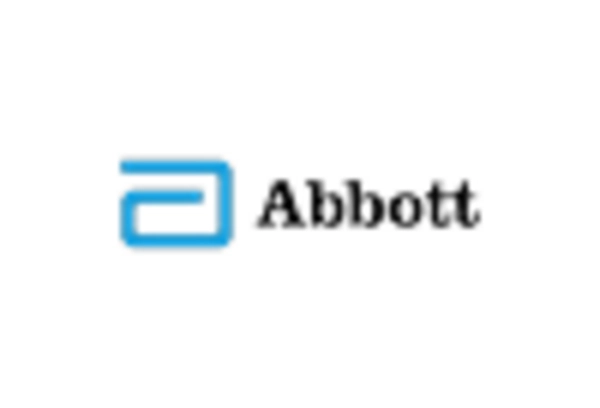
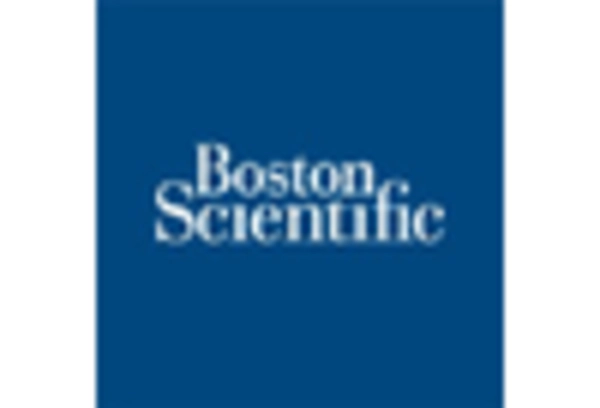
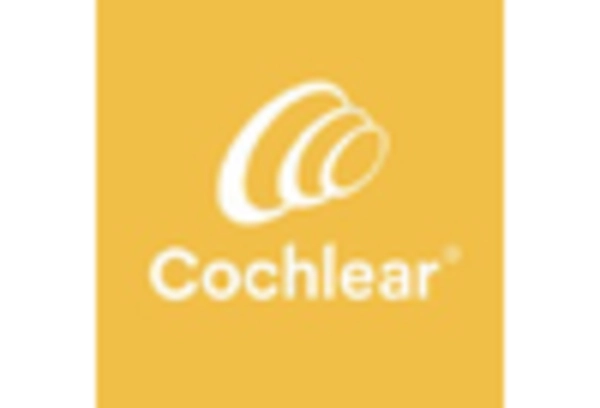

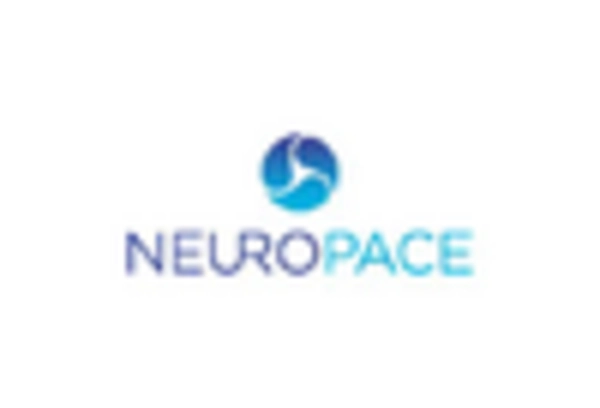
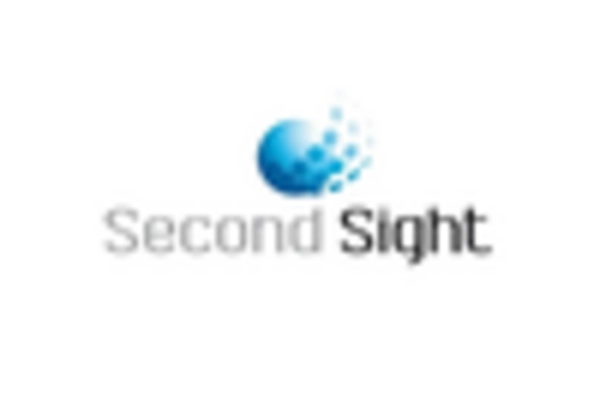








Leave a Comment